Union Recognition & Security Clause
What They Do & Why They Matter So Much
MEAT AND POTATOES
AKA THE CHEAT SHEET – KEY TERMS TO KNOW
Union Recognition: Happens 1 of 2 ways – 1. The employer decides to voluntarily recognize the union & 2. File for an election with the National Labor Relation Board.
Union Security Agreement: Is a contractual agreement, usually part of a union collective bargaining agreement, in which an employer and a trade or labor union agree on the extent to which the union may compel employees to join the union, and/or whether the employer will collect dues, fees, and assessments on behalf of the union.
Beck Objector: they are no longer union members, but are still protected by the contract. These workers pay a reduced fee instead. This exists because of a 1989 Supreme Court ruling and is known as the Beck right.
The Janus Decision: Issued by the Supreme Court in 2018, ruled that public sector unions cannot charge non-members fees for union representation. The decision overturned the 1977 Abood v. Detroit Board of Education decision, which had allowed union fees in the public sector.
Right to Work: Allows states to pain the union security clause.
INFORMATION ON ALL THE ABOVE POINTS & MORE
 Practical Guidance Labor Relations, Union Recognition
Practical Guidance Labor Relations, Union Recognition
A NEGOTIATOR’S GUIDE TO RECOGNITION AGREEMENTS
 AN ANALYSIS OF A RECOGNITION CLAUSE
AN ANALYSIS OF A RECOGNITION CLAUSE
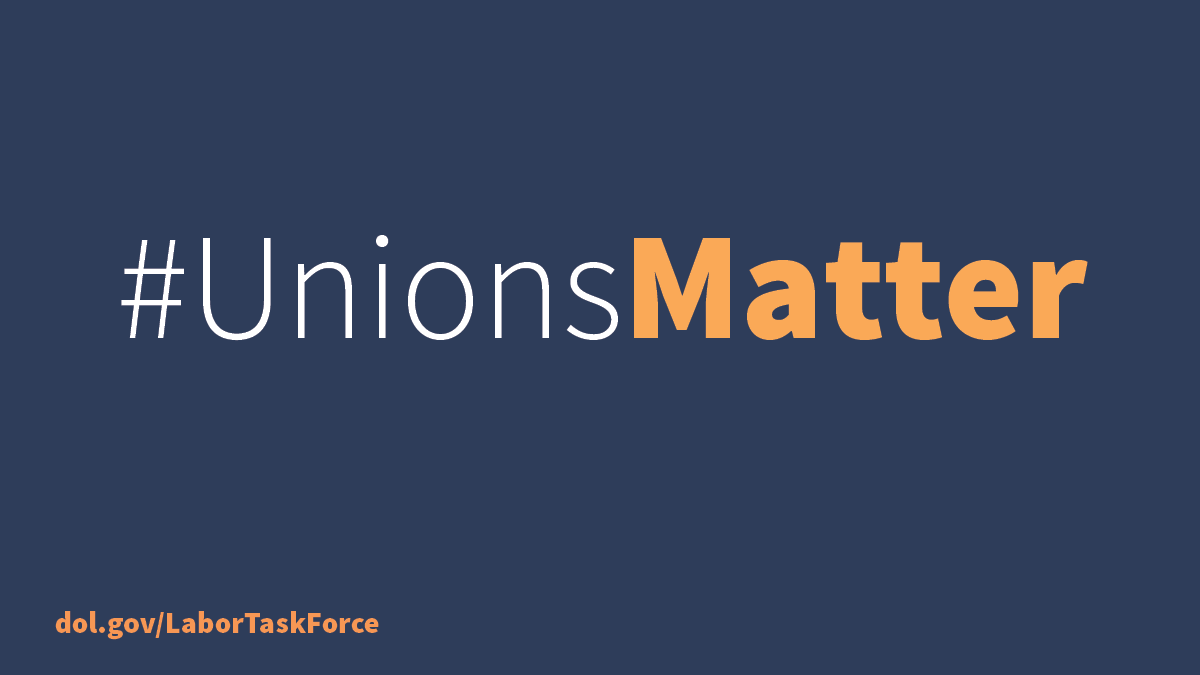
Why More Employers are Voluntarily Recognizing Unions



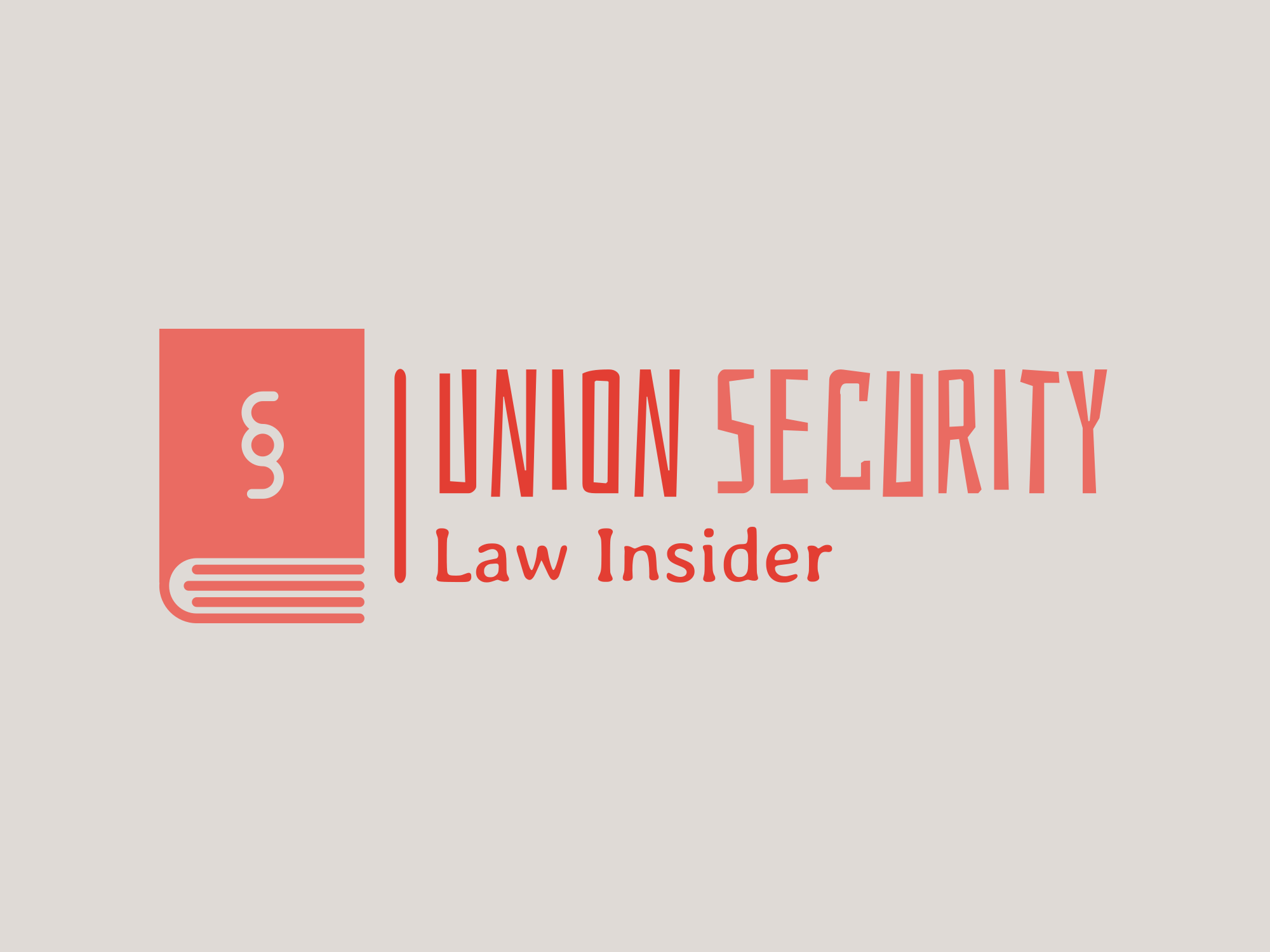
THE TRUTH ABOUT RIGHT TO WORK
“Right to work” is the name for a policy designed to take away rights from working people. Backers of right to work laws claim that these laws protect workers against being forced to join a union. The reality is that federal law already makes it illegal to force someone to join a union.
The real purpose of right to work laws is to tilt the balance toward big corporations and further rig the system at the expense of working families. These laws make it harder for working people to form unions and collectively bargain for better wages, benefits and working conditions.
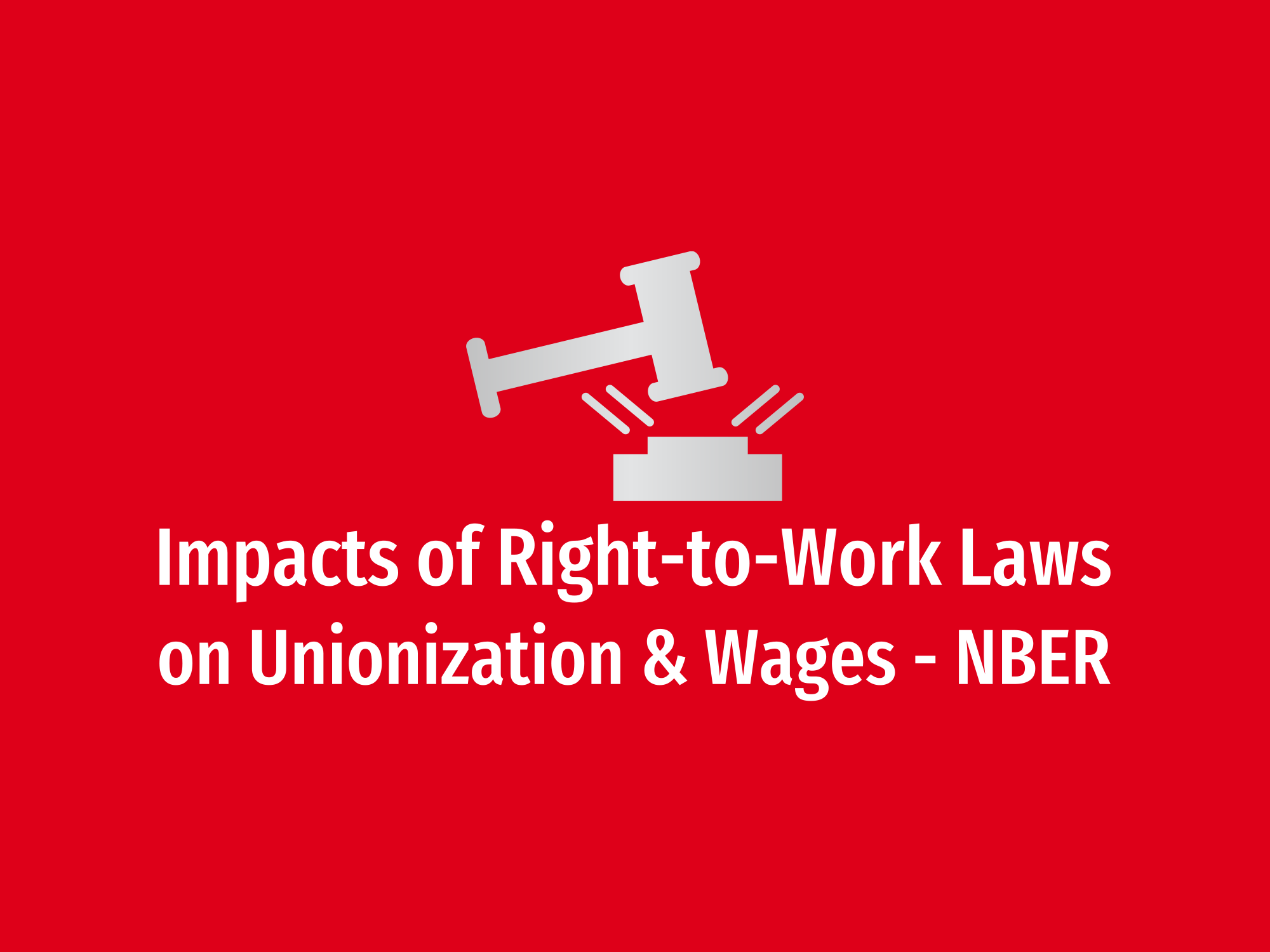
In the five states that adopted right-to-work laws in 2011–17, unionization and wages both declined, particularly in construction, education, and public administration.
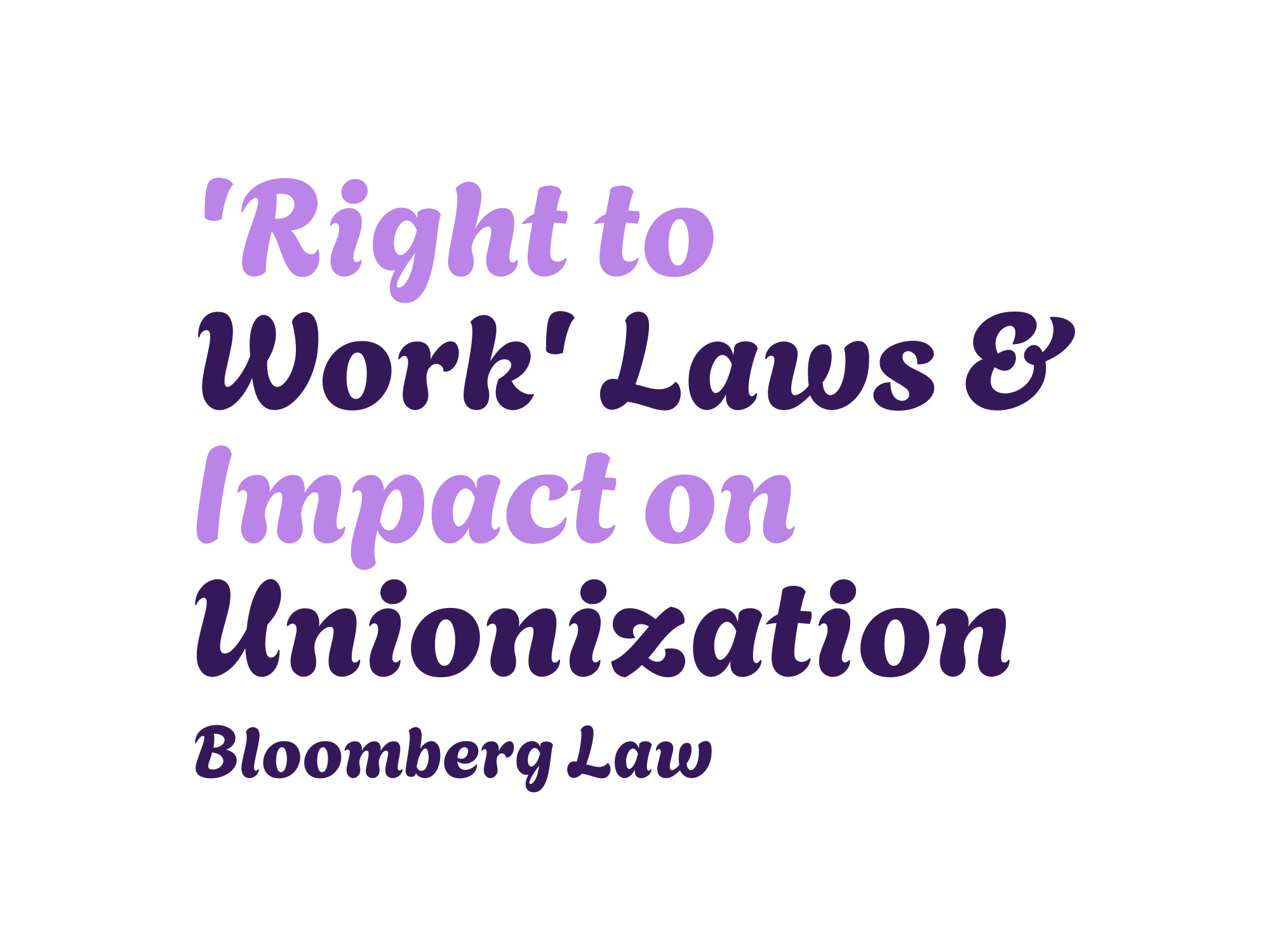
The term “right to work” doesn’t exist in the law. It’s a phrase invented by anti-union advocates to shield from the public what “right to work” laws actually accomplish. These laws allow employees to receive full union representation while paying nothing for the service, leading to the problem of “free riders” within bargaining units. This article reviews the history of “right to work” laws, legal challenges to them, their effects on unionization, and how unions can still survive.
“Right to work” laws make the job of organizing and representing employees extremely difficult, but they don’t necessarily spell the death of the labor movement in “right to work” states. Unions that have managed to succeed in “right to work” states have done so through aggressive internal and external organizing. With over half of U.S. states having adopted “right to work” laws, “right to work” is a reality that many unions must struggle with.

With a national “right to work” law, proponents would not be able to claim that particular “business environment” advantage for any particular state. All states would be the same on this score. “Right to work” would no longer constitute a reason for businesses to move from one state to another. South Carolina would lose the claimed “right to work” advantage over, say, Washington state. So what is the point of a national law? The point is undermining funding for unions. With national “right to work,” unions will certainly have lost a form of funding—the agency fee in a minority of states—and will be that much weaker as a result, and the already-rich will have that much more power.
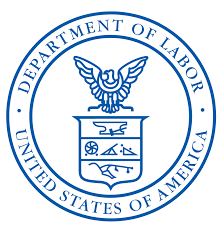
GET MORE INFO

BECK OBJECTOR
The Beck right is a Supreme Court ruling that allows employees to opt out of union membership and not pay dues. This option is also known as objecting to union membership, and employees who choose it are called “Beck objectors”
Beck objectors are no longer union members but are still protected by the union contract. They can only be required to pay for the portion of their agency fee that is necessary for the union to perform its duties as an exclusive representative of employees. These duties include: Collective bargaining, Contract administration, and Grievance adjustment.
If a union uses a Beck objector’s fees for purposes unrelated to these duties, it violates the duty of fair representation owed to that employee. For example, the National Labor Relations Board (NLRB) has ruled that nonmember objectors cannot be required to pay for union lobbying expenses.
Employees may object to union membership on religious grounds, but in that case, they must pay an amount equal to dues to a nonreligious charitable organization. Unions are obligated to tell all covered employees about the Beck right.
JANUS DECISION
On June 26, 2018, the US Supreme Court ruled 5-4 in Janus v. American Federation of State, County, and Municipal Employees, Council 31 (2018) that it is unconstitutional to require public employees to pay union fees if they are not union members. The court ruled that this practice violates the First Amendment rights of public employees to free speech and to choose whether or not to join a union. The decision also declared thousands of labor contracts and many laws unconstitutional.
The Janus decision was the third and final case in a series aimed at eliminating “fair share fees” or “agency fees”. Some say the decision will force unions to better represent their members to prevent a decline in membership. Others say that the decision did not have the predicted effect of crippling public sector unions.
Union Security Agreements can require workers to join or pay for unions. Right to Work laws have made this practice illegal in certain U.S. states.

What Are Union Security Agreements?
A Union Security Agreement is a clause within a collective bargaining agreement (CBA) that makes employment conditional on supporting a union. Essentially, it’s a deal between a labor union and an employer requiring all employees to become union members or pay fees to the union in order to get hired or retain their employment status.
These often controversial clauses are designed to increase unions’ financial strength, prevent “free riding” workers from enjoying the fruits of union bargaining without supporting the effort, and protect unions from employer discrimination.
Currently, the law prohibits employers from forcing workers to be union members. However, the NLRA has ruled that employers are still able to require non-union employees to pay “fair share fees” (dues or dues equivalents) to the union as a condition of employment without compelling membership in the union. Some states also have “Right to Work” laws that make it illegal to force employees to pay such fees.
What Are Right to Work Laws?
Right to Work laws (RTW laws) are local state laws that make it illegal to require workers to join a union or pay for union activities. Workers may still unionize, join unions, or pay dues — it just can’t be compulsory. This effectively bans most forms of Union Security Agreements in Right to Work states.
Advocates of RTW laws argue that they protect workers’ freedom, allowing them to opt out of unions without risking job loss or employer/union retaliation (in the same way labor laws guarantee the freedom to join unions without these consequences). The laws are also said to protect the workers’ free speech since they are no longer required to financially support politically-affiliated unions with which they disagree.
Opponents of RTW laws say they allow workers to benefit from union efforts without paying, creating an unfair “free riding” situation. Critics also argue that such laws make it difficult for unions to afford the high costs of union formation and collective bargaining, infringing on the right to organize.
Right to Work vs Union Security Agreements
The National Labor Relations Act of 1935, also known as the Wagner Act, was written to guarantee employees “the right to self-organization, to form, join, or assist labor organizations, to bargain collectively through representatives of their own choosing, and to engage in concerted activities for the purpose of collective bargaining or other mutual aid and protection.”
Under the Wagner Act, the NLRA originally permitted four main forms of union security:
Closed Shop: The employer will only hire union members.
Union Shop: The employer may hire anyone, but non-union employees must join the union within a certain period of time (e.g. 30 days).
Agency Shop: The employer may hire anyone, regardless of union membership status. However, non-union employees will be required to pay the union an “agency fee” to cover the cost of collective bargaining.
Maintenance of Membership: The employer may hire anyone. No one is required to join the union or pay dues or fees. However, if any employee voluntarily joins the union, they may not resign their membership as long as an existing CBA contract is in effect.
The Taft-Hartley Act of 1947 made it illegal for employers to have a “closed shop” agreement and gave individual states the right to further outlaw “union shops” and “agency shops” (creating “right to work” states). View this map to see all Right to Work states as of December 2023. Note that Michigan has passed legislation that will soon repeal the state’s Right to Work law.
In June of 2018, the U.S. Supreme Court ruled in favor of employees in a landmark labor law case, ultimately finding that governments violate the First Amendment when they require public employees to pay fees to unions as a condition of employment. The ruling says that “States and public-sector unions may no longer extract agency fees from nonconsenting employees.” Essentially, the public sector is now Right to Work and cannot have closed, union, or agency shops.
How Do Right to Work Laws Diminish Union Power?
RTW laws weaken unions because they can no longer compel membership or financial support, effectively diminishing union power and control — while empowering workers to make their own decisions. They also create a workplace that provides the benefits and services associated with unionization to both union and non-union members, but without requiring all beneficiaries “pay their fair share.” Note that workers in Right to Work states can file grievances if they’re required to join unions or pay for unions.
If you could use assistance keeping your labor documents and processes organized, contact the LaborSoft team today and book a free demonstration of our comprehensive labor relations case management software.
